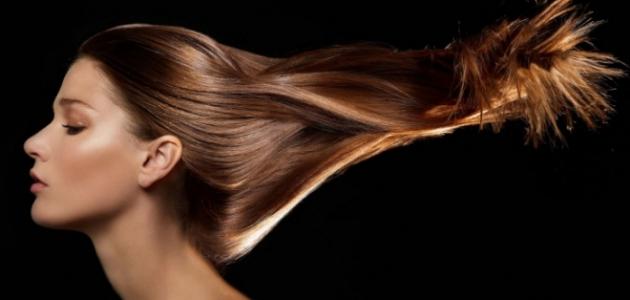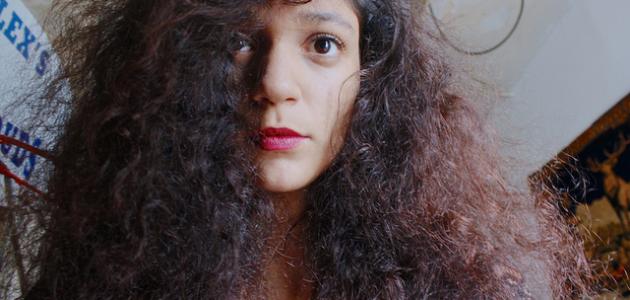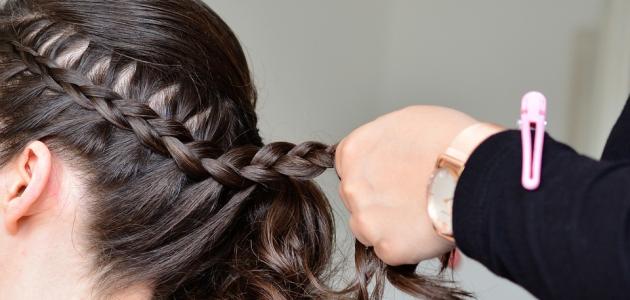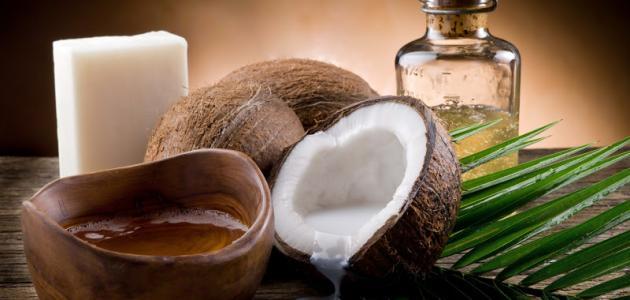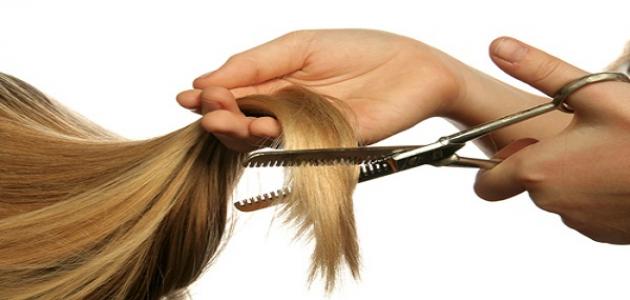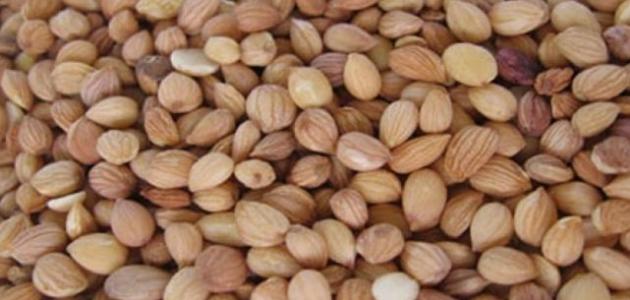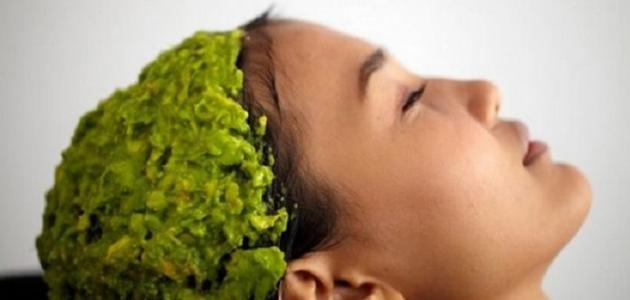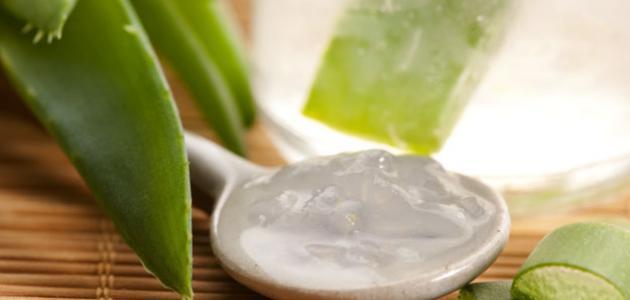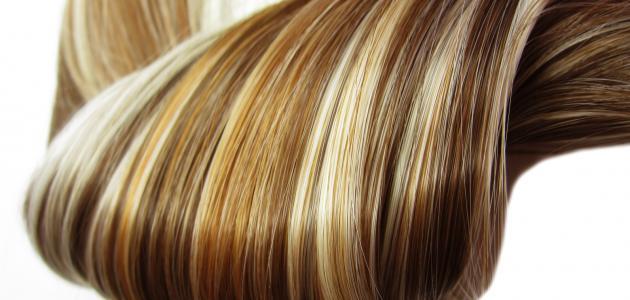Greasy hair
Oily hair is considered a big problem that some people face, and it is the opposite of the problem of dry hair. The problem is in the appearance, so that oily hair appears lifeless, weak, flat, and oily even after a day or two of washing it. The cause of the problem lies in the sebaceous glands in the scalp that produce oily hair. Oils (sebum), whose main function is usually to keep the hair soft, but when the sebaceous glands secrete sebum in an excessive amount, this results in greasy hair. In this article, we will mention ways to take care of this type of hair.
Methods of taking care of oily hair
The number of times you wash your hair
There are two ways to experiment, which is better for oily hair, so that some believe that washing hair daily once, or more than once if necessary reduces the production of sebum, while others believe that washing hair frequently leads to increased production of sebum, so it is left to experiment, and which is best for oily hair. As for the temperature of the water, it should always be washed with cold water, which closes the cuticle of the hair and prevents the sebaceous glands from producing excessive sebum.
The right way to use shampoo
The correct way to use shampoo is to rub it on the scalp and hair, and leave it for five minutes before rinsing it so that it can analyze the fat. The process of rubbing the hair with shampoo can be repeated again in the event that the hair is still more greasy than usual, and make sure to rinse it well. To get rid of leftover chemicals in shampoo.
Read also:Ways to treat dry hairHow to use the correct conditioner
It is possible to skip the use of conditioner for oily hair when washing the hair, but if you want to use it, you should avoid applying it to the scalp, and just put a little of it on the hands, then use your fingers to apply it to the ends of the hair, and rinse it after that is done.
Combing Hair
Oily hair should not be combed too much; Because combing can transfer oils from the scalp to the hair, and when combing it, you should stay away from the scalp as much as possible.
Remove accumulated hair products
Hair products such as gels, hair sprays, moisturizers, and conditioners build up on the hair, making it appear greasy than it is. These products can be removed by rinsing the hair twice, or mixing one to two tablespoons of baking soda with a little water so that The mixture can be distributed and massaged on the scalp and hair, leaving it for 15 minutes on the hair before rinsing it of baking soda, after which the hair is washed with shampoo, and the hair can be washed with a shampoo designed to filter the hair from accumulated materials (in English: Clarifying Shampoo) twice a month.
Use appropriate hair products
Choosing suitable products for oily hair, which are shampoos for oily hair that dry the hair and scalp, and if you want to use conditioner, you can choose conditioners for oily hair that do not contain oils, and do not use conditioners for all hair types, and avoid gels, mousses, and dried shampoos (in English: Dry Shampoos); because these products increase the accumulation on the hair, and make it look more greasy, and light products such as sprays can be used; to add luster.
Read also:A mixture to moisturize dry hairHealthy food
Healthy food plays an important role in maintaining healthy hair, and it is best for oily hair to avoid sugary, fried, and meat foods. Because it increases the secretion of fat glands, and eat foods rich in vitamin B, vitamin A, omega 3, and protein, and these elements are found in fish, poultry, fruits, and vegetables, and you must drink plenty of water.
Reasons why hair is greasy
There are several reasons that lead to oily hair, including:
- hair texture: Fine, straight hair tends to be greasy; Because it is straight in a way that facilitates the transfer of fat from the roots to the ends without the presence of waves that impede its transfer, and wavy hair (curly) tends to accumulate fat at the roots of the hair without moving to the hair shaft at the bottom; because of the ripples.
- Heredity: Greasy hair can be inherited if one of the parents had greasy hair.
- humid environment: A high humidity environment leads to greasy skin and hair.
- hormonal disorders: Where sebum production increases in the scalp when hormones are disturbed, such as pregnancy, puberty, menopause, stress, or taking some medications such as birth control pills.
- Some skin diseases: For example, eczema, psoriasis, and seborrheic dermatitis, these diseases cause oily scalp, as well as dandruff.
- Playing with hair: As the fat is transferred from the scalp to the hair through the hands, and this habit is often unconscious of the person himself.
- Overuse of hair products: As the accumulation of hair products on the scalp makes the hair look greasy, and causes an imbalance in the work of the sebaceous glands, especially if they contain alcohol.
- Washing hair with shampoo a lot: Washing hair daily stimulates the scalp to produce more oils. To compensate for the oils that the shampoo removed from the hair, which makes excessive washing exacerbate the problem; And it doesn't solve it.
- Washing hair with hot water: Hot water stimulates the sebaceous glands to produce oils.
- Putting a lot of conditioner on the hair: Too much conditioner makes the hair look greasy, especially if it is applied to the roots of the hair.
- Use of inappropriate hair products: The use of moisturizing shampoos, or deep conditioning treatments and conditioners, leads to an increase in oils in hair that is already greasy.
- Tie hair often: Tying hair accumulates fat in the tying area, which makes the hair unevenly greasy.
- Vitamin B deficiency: Where it plays an important role in the level of sebum production and regulation, and its deficiency leads to an increase in the level of sebum production in the hair.
